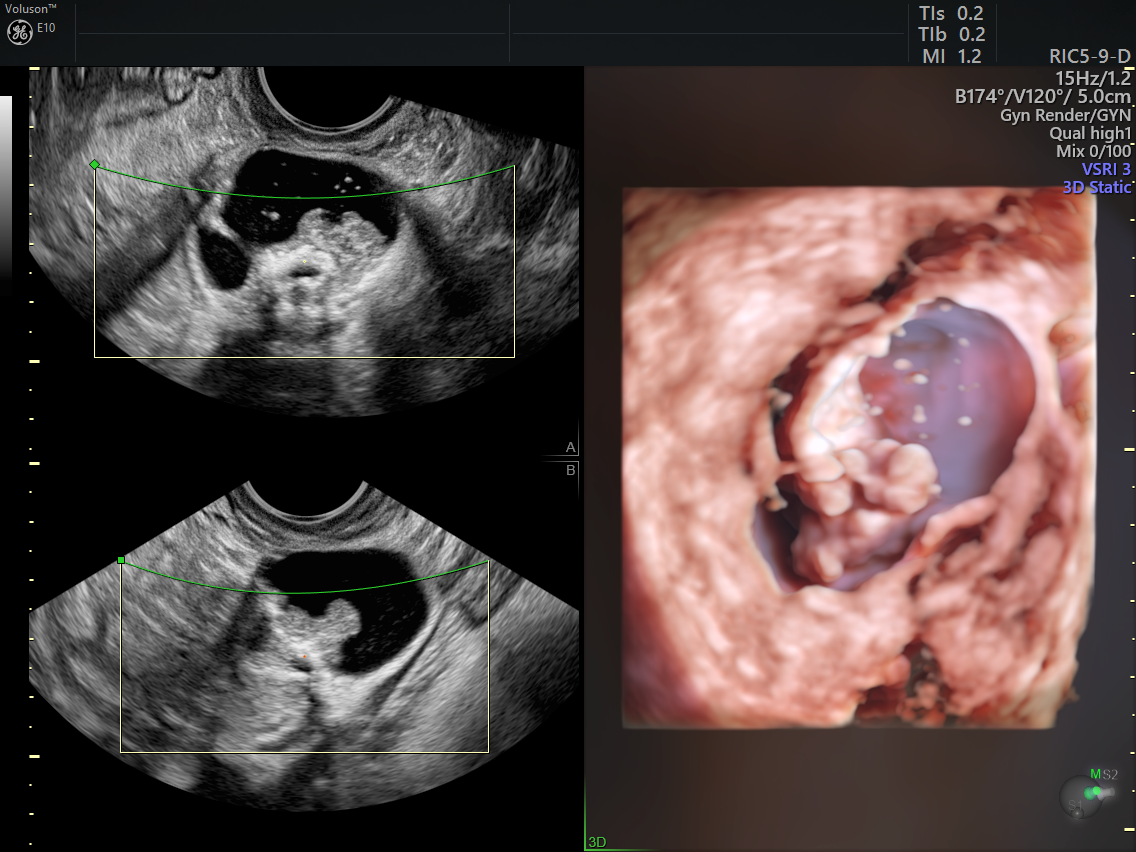Adnexal masses are among the most common disorders in gynecology, and ovarian cancer represents a significant portion of these cases. It is an ongoing challenge to find, treat and manage ovarian pathology because it is often characterized by late presentation and poor response to treatment. It is also the most lethal of all the gynecological cancers.
Most patients with ovarian cancer are asymptomatic for a long time, and symptoms that do eventually develop are usually nonspecific, according to a study published in Facts, Views & Vision in OB/GYN. Patients commonly experience lower abdominal pain or vague gastrointestinal complaints in the early stages of the disease. In the advanced stages, patients may have symptoms related to the presence of ascites or intestinal metastases.
It is important to understand symptoms of ovarian masses so you can properly evaluate ovarian masses. This also allows you to distinguish between benign and malignant pathology to both decrease unnecessary anxiety and enable timely decisions for optimal treatment.
Using 3D Ultrasound to Assess Ovarian Cancer
3D ultrasound is a highly reproducible imaging technique that improves diagnostic accuracy when assessing and diagnosing ovarian cancers. According to a study publishing in the Journal of Medical Ultrasound, it has a higher sensitivity and specificity for preoperative identification of suspicious adnexal masses when compared to conventional 2D ultrasonography. Using the power of 3D ultrasounds, Doppler evaluation better illuminates the presence of rich vascularity (color score 3-4), which is predominant in metastatic cancers, as well as the central localization of vessels in a tumor, which are important parameters that contribute to the differentiation between benign and malignant ovarian masses.
3D ultrasound also allows for better observation of papillary projections, characteristics of cystic walls and the extent of capsular infiltration in comparison to conventional 2D sonographic measurements, according to a report published in Jaypee Journals. In addition, it improves the calculation of ovarian tumor volume. 3D power Doppler, in particular, is the best possible modality currently available to visualize irregular and randomly dispersed vessels with complex branching, which are indicative of ovarian malignancy.
The qualitative analysis of tumor vascularity architecture has a sensitivity of 100 percent, specificity of 99.08 percent and positive predictive value of 91.67 percent in the detection of ovarian malignancy, according to a report in from Donald School Journal of Ultrasound in Obstetrics and Gynecology. Due to these factors, 3D ultrasound imaging allows for a more confident diagnosis of ovarian malignancy at an earlier stage than current 2D ultrasound diagnostic techniques.
Develop a Confident Ovarian Cancer Diagnosis
Due to the lethality of ovarian cancer and the lack of definitive symptoms, it is heartening to know that the 3D ultrasound modality can offer more insight and information when assessing possible symptoms of ovarian cancer. This is especially true when the ultrasound characteristics of a tumor are correlated with the patient's clinical history and any available signs and symptoms, no matter how subtle.
When 3D ultrasound is used to diagnose ovarian cancer, the additional details provided by the coronal plane can significantly boost the confidence of diagnosis and discrimination between benign and malignant adnexal masses, which is central to decisions regarding clinical management and surgical planning.

3D Ultrasound of Ovary





